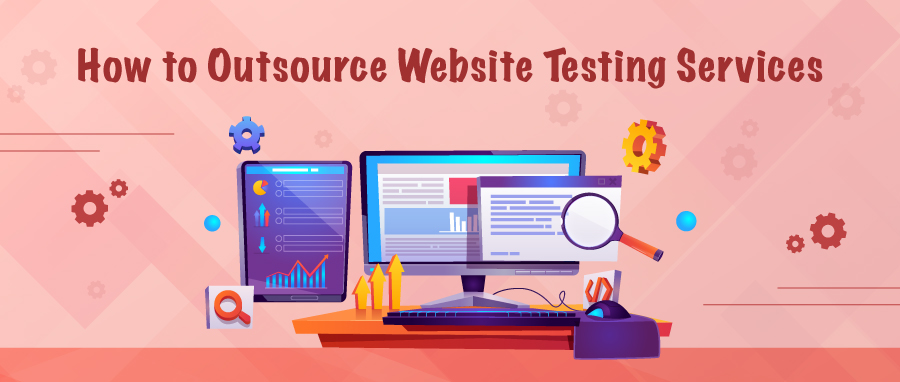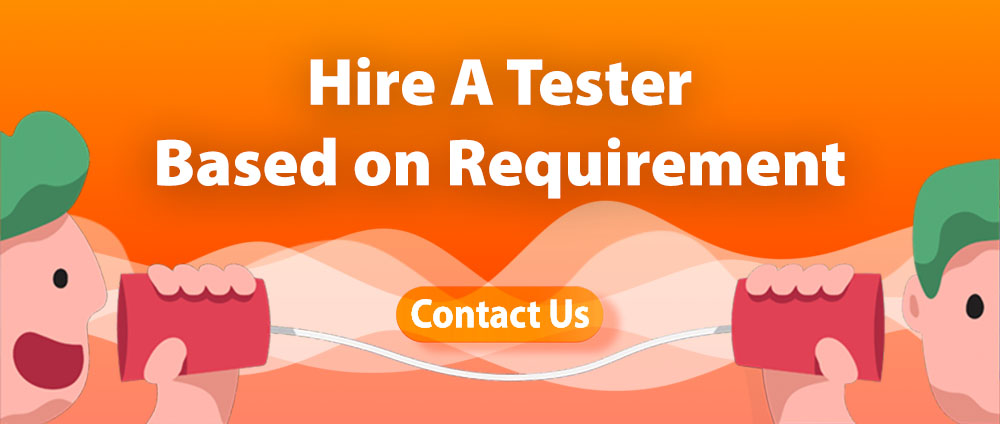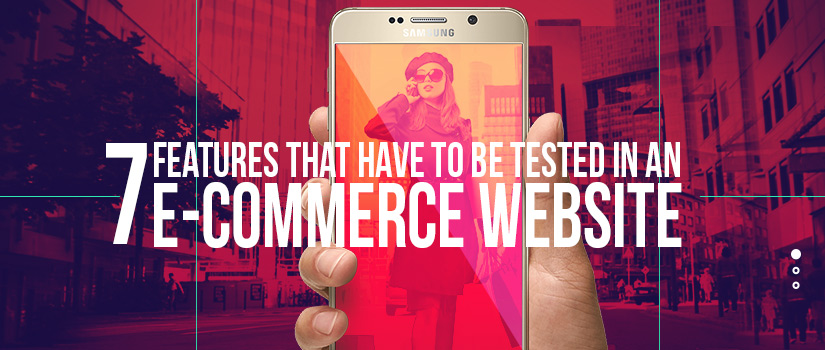Before we go into why website testing is being outsourced, let’s look at what this entails. Outsourcing is an agreement made by one company with another for website testing.
There are some best practices expected by clients who outsource website testing.
1. Clarify the needs:
Outsourcing website testing needs a clear work scope. If your customer does not offer them, you must define and explain the needs. Don’t put it off; make it simple for the client to work with you. Both parties should evaluate the scope on a regular basis to ensure that there are no disputes or misunderstandings.
2. Create a sense of collaboration with the customer:
Make yourself a member of the client’s team, not a remote add-on. Know who the players are, what their habits are, and when they will evolve so that you can fit into their processes. Harmonize with the development team, follow their rhythm, and accept their vision.
3. Make use of varied time zones:
Assume the developers are in the United States and the testers are in Europe. After coders in America finish their job for the day, they may send their build to testers in Europe, whose day begins hours later. Use the time overlap to connect while taking advantage of your clients’ leisure to get a lot of work done and show them the results the next day.
4. Enhance communication:
To eliminate knowledge asymmetry, timely communication is necessary when outsourcing website testing. Many technologies, such as instant chat (Google Talk, MSN), email or SMS, shared documents and dashboards, problem tracking systems, configuration management tools, screen sharing, and so on, can be employed. Before the project begins, both parties should agree on the communication routes.
Read Also: 7 Important Tips for Successful QA Outsourcing
5. Be flexible and adaptable:
Each company has its own workflow and methods. As an outsourced website testing services firm, we adhere to our customers’ QA protocols, which necessitates the use of adaptable teams. When working with a new client, the outsourced QA testing team should be able to swiftly learn new workflows and the testing process, as well as adapt to a new work style.
6. Recognize your customer’s cost structure:
Your client is outsourcing website QA to you because you can deliver a service at a lower cost than they could if they performed it themselves. Perhaps you are giving skills that would be too expensive to acquire and bring in-house. Understanding the specific scenario for each of your clients can help you determine whether you are pricing yourself out of a project or whether there is a broader area of services for you to supply.
7. Emphasis the need of effective written language skills:
English is the worldwide business language. English is frequently the second language of both the customer and the outsourced team. This can be difficult when conversing often via email. One of the most critical criteria for project success is smooth and effective communication between the customer and the outsourced QA team in charge of testing. Make certain that your communication is succinct, thorough, and correct.
8. Be the authoritative figure:
Be the expert in the area where the client wants you to be an expert – quality assurance and testing. Be or become a domain specialist, such as one in financial software. Highlight your expertise and ability to apply it to completely evaluate your client’s goods. Finally, become a specialist in the client’s unique application.
Read Also: 10 Reasons Why Outsourcing App Testing is the Best
9. Make yourself visible:
Lack of visibility with key executives in your customer’s organisation may be terrible since you want your worth to be recognised throughout the client. It may be challenging to gain higher awareness as the single member of the outsourced QA testing team. First, identify important managers and provide them with regular updates, statuses, and outcomes (particularly if they are positive). Visit the client and make a point of seeing and speaking with those important managers, even if just for a few minutes.
10. Establish communication priorities:
Although most of the items on this list imply it, it cannot be overstated. Communicate with a goal in mind. Don’t just bombard your customer with information. Selective communication is required. Ensure that the appropriate information and analysis are sent to the appropriate individual. A developer may value a great deal of technical detail, but the development manager is interested in timeline information.
Why outsource website testing is necessary?
Enhancing existing projects
If you want to test your own website, you may have no prior expertise or experience. As a result, hiring a website testing firm is the ideal option. In general, the most experienced of these organisations have gone through trial and error during their career in the sector and are continually analysing risks and errors and correcting them, which works in your favour when you hire them. They are capable of delivering the efficient outcomes you want.
Global economic disparities
Website testing costs far less in poor nations than in developed countries. You may employ a whole testing team from India or China at the same cost as hiring one or two testers in the United States or Germany. As a result, outsourcing website testing will help you save money.
Find the best candidate for the position
Your location, business size, and other factors all have an impact on the website testing constraints you encounter during a project. For example, you could wish to include one of the most recent technologies into your project. However, you may not be able to find somebody with relevant experience to assist you. Or perhaps you started a project, but were unable to complete it due to a lack of resources or experience. Outsourcing is useful in these instances. You may locate someone suited for the job from all around the world with the skills to complete your testing needs on time and within budget.
Task prioritisation
Prioritising jobs is an excellent approach to increase work productivity while also managing time so that all essential project activities are finished on time. Even if your team handles the majority of them, things like app development, marketing and other management activities may still require people. Outsourcing is the ideal answer in these cases.
Conclusion
Outsourcing the testing of any product is always a good alternative. It helps us concentrate on our core work and save time. Testing outsourcing allows us to prioritise tasks and achieve excellent milestones. Outsourcing is the best solution for testing in all types of development.






